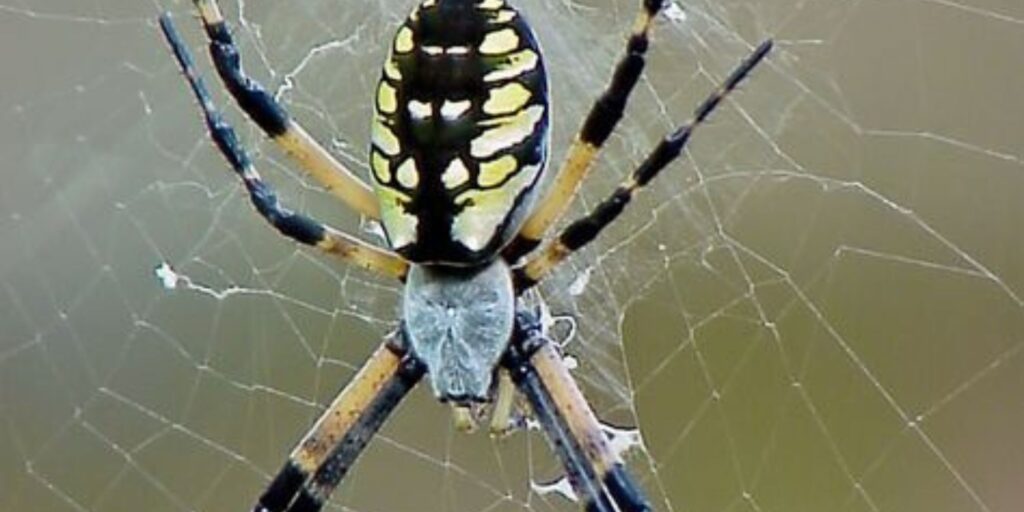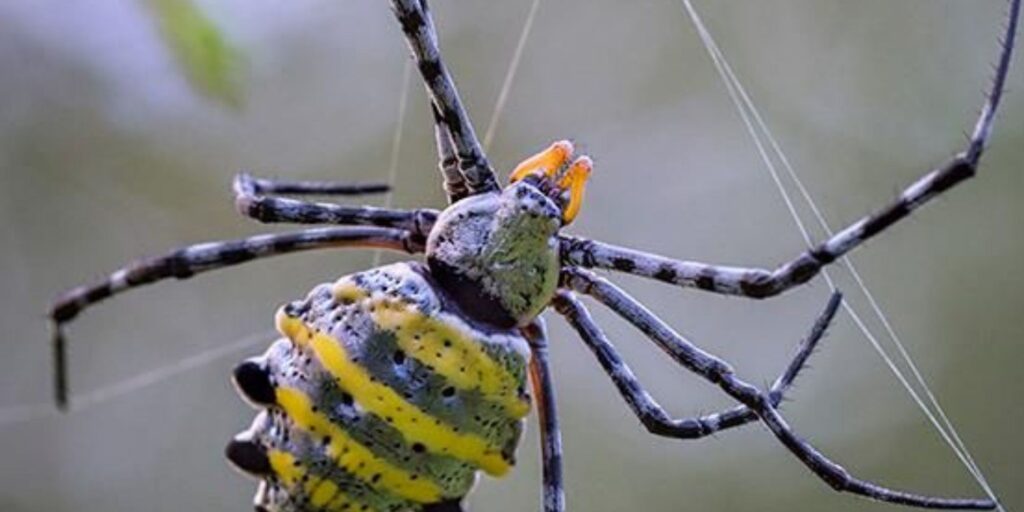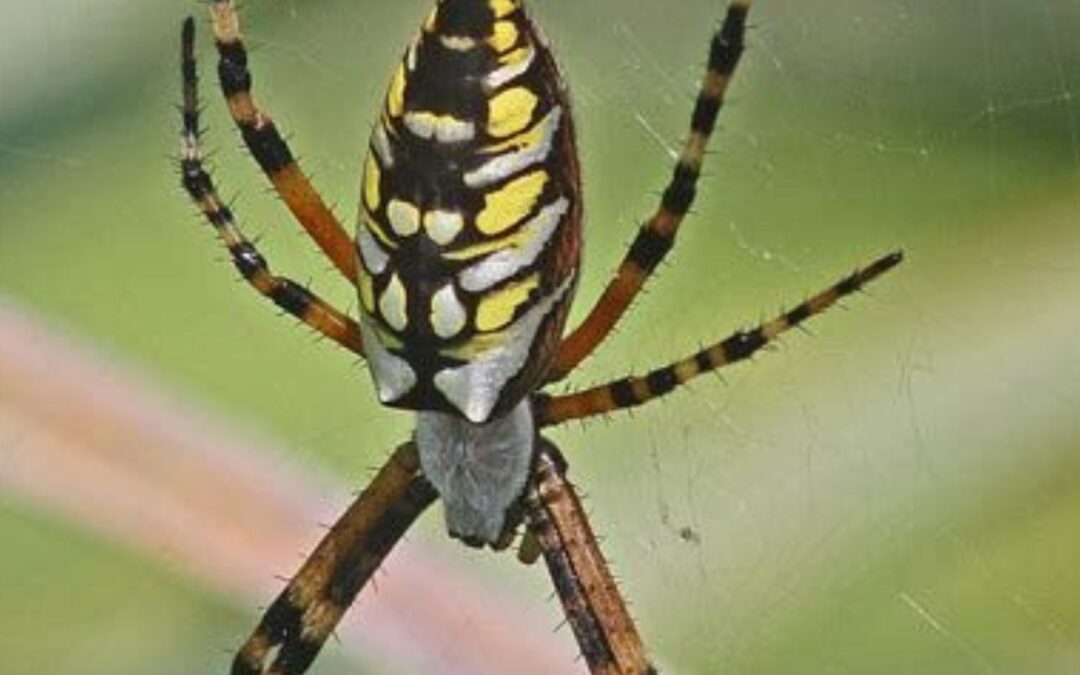The natural world is a rich ecosystem, teeming with seemingly endless diversity. Among its countless life forms are species that go largely unnoticed yet play integral roles in the environment. One such fascinating creature is the spider beetle. Often mistaken for spiders due to their peculiar appearance, spider beetles are a group of insects that belong to the family Ptinidae. Despite their small size and obscure presence, these beetles have intriguing traits, behaviors, and ecological significance worthy of exploration.
This comprehensive guide will take you deep into the life and characteristics of spider beetles, shedding light on their biology, habitat, diet, and their relationship with humans.
What Are Spider Beetle?
Spider beetles (Ptinidae family, subfamily Ptininae) are small insects that resemble spiders because of their round or oval bodies and long, thin legs. Unlike true spiders, they belong to the beetle family, not arachnids. These insects are part of a larger group known as woodboring or deathwatch beetles.
Spider beetles vary in shape and color, ranging from pale yellow to dark brown and nearly black. Some species even display a glossy or hairy exterior. Measuring between 1-5 millimeters in length, their compact size often helps them evade detection.
Common Species of Spider Beetle

There are some notable species of spider beetles commonly documented worldwide, such as:
- American Spider Beetle (Medium americanum): This species is shiny and reddish-brown, with a smooth, dome-shaped abdomen.
- Smooth Spider Beetle (Gibbium equinoctial): Known for its lack of hair, the smooth Spider Beetle appears somewhat polished and glossy.
- Australian Spider Beetle (Ptinus tectus): Hairy and smaller than other species, this beetle originates from Australia but has spread worldwide.
Why Are They Called Spider Beetle?
The resemblance to spiders stems from their body structure. They have a rounded abdomen and a thorax that is much narrower in comparison, creating a “pinched” effect similar to the cephalothorax of spiders. Their hairy legs and antennae also contribute to the illusion of a small spider. However, closer inspection reveals key differences such as their six legs (as opposed to spiders’ eight) and visible elytra (wing covers).
Where Do Spider Beetles Live?
Spider beetles occupy a variety of habitats, but they are particularly prevalent in environments that offer access to stored food and organic materials. They are known to thrive in:
- Pantries: Most commonly, spider beetles are found in food storage areas, including kitchens, pantries, and warehouses, where they feed on stored food items.
- Natural Environments: Outdoors, can inhabit decaying wood, bird nests, and insect colonies.
- Museums and Historical Sites: Spider beetles are notorious for feeding on organic matter, such as textiles and artifacts, often proving troublesome in museum collections.
These beetles prefer dark, undisturbed locations and can survive in a range of climates, though they tend to thrive in warm conditions.
Geographic Distribution
Spider beetles are distributed globally and can be found on every continent except Antarctica. Various species are more prevalent based on region and climate. For instance, the Australian spider beetle is common in temperate regions, while the American spider beetle is frequently documented across North and South America.
The Spider Beetle Diet
Spider beetles are opportunistic feeders, capable of consuming a diverse range of organic materials. Their eating habits make them scavengers, often targeting foodstuffs and materials that are already decaying or deteriorating.
Common Foods
- Stored Pantry Items: They are notorious pests in pantries, consuming flours, grains, cereals, nuts, spices, and dried fruits.
- Animal Products: They feed on feathers, wool, leather, and even dried meats.
- Decomposing Organic Matter: Outdoors, feed on decaying vegetation, fungi, dead insects, and animal nests.
Their ability to survive on limited food sources has made spider beetles an adaptable species. Even small crumbs or debris in seldom-cleaned areas can sustain them for extended periods.
Life Cycle of Spider Beetle

Like most insects, spider beetles undergo complete metamorphosis during their life cycle, which consists of four stages.
The Four Life Stages
- Egg
Female spider beetles lay tiny eggs, often hiding them within food sources or cracks in storage spaces. These eggs are minuscule and difficult to spot.
- Larva
The larvae emerge from the eggs and immediately begin feeding. They are cream-colored and worm-like, with a distinctively curved shape. Depending on the availability of food and environmental conditions, the larval stage may last for several months.
- Pupa
Once the larva has consumed sufficient nutrients, it pupates in a protective cocoon. This stage is relatively dormant, and the transformation from larva to adult beetle takes place within the cocoon.
- Adult
The adult spider beetle emerges fully formed, ready to locate a mating partner and reproduce, continuing the cycle. The lifespan of an adult beetle can range from several weeks to a few months.
Are Spider Beetle Harmful to Humans?
Spider beetles are considered a nuisance pest rather than a direct threat to humans. Unlike some insects, they do not bite or sting, and they are not known to transmit diseases. However, their presence in homes and businesses can lead to contamination of food products and damage to organic materials.
Signs of Infestation
Detecting a spider beetle infestation requires vigilance. Common signs include:
- Small holes in food packaging or fabrics.
- Visible larvae or adult beetles in pantries, cabinets, or dark corners.
- Shed exoskeletons or frass (insect droppings) near food sources.
How to Prevent and Control Spider Beetle
Preventative measures and prompt action can effectively combat spider beetle infestations. Here are some strategies for prevention and treatment:
Prevention Tips
- Clean Regularly: Vacuum and wipe down areas where food crumbs or organic debris may accumulate.
- Inspect Food Products: Examine packaging for holes, tears, or signs of beetles before purchasing or storing food.
- Store Food Properly: Use sealed, airtight containers for pantry items.
- Declutter: Reduce potential hiding spots by organizing and decluttering storage areas.
Pest Control Solutions
If you suspect an infestation, these steps can help address the problem:
- Dispose of Contaminated Items: Remove and discard infested food or materials.
- Freeze or Heat-Treat Items: Non-perishable materials can be frozen or heated to kill eggs and larvae.
- Use Traps: Sticky traps or pheromone traps can capture both adult beetles and larvae.
- Contact Professionals: Severe infestations may require assistance from a pest control expert.
The Role of Spider Beetle in the Ecosystem
While often viewed as pests, spider beetles contribute to natural processes in the environment. By feeding on decaying matter, they assist in decomposition and nutrient recycling. This makes them an integral part of the ecosystem, facilitating growth and renewal in nature.
Fascinating Facts About Spider Beetles
- Mimicry as Defense: Their spider-like appearance is thought to deter predators by mimicking more dangerous arachnids.
- Survival Skills: Spider beetles can survive without food for extended periods, sometimes lasting weeks in an inactive state.
- Museum Menace: They are a notable pest in museums, capable of damaging delicate antique textiles, manuscripts, and artifacts.
Final Thoughts

Spider beetles, with their deceivingly spider-like appearance and remarkable adaptability, are unique but often misunderstood insects. While they can pose challenges as pests in human environments, their role in the ecosystem as scavengers is crucial. By understanding their characteristics, habitats, and behaviors, you can better appreciate these fascinating creatures while ensuring your home or business remains spider beetle-free.
Whether you’re a curious entomologist or simply want to keep your pantry pest-free, spider beetles are yet another example of nature’s intricate diversity. By observing and managing these tiny tenants, you can coexist harmoniously—or at least keep them out of your snacks!

